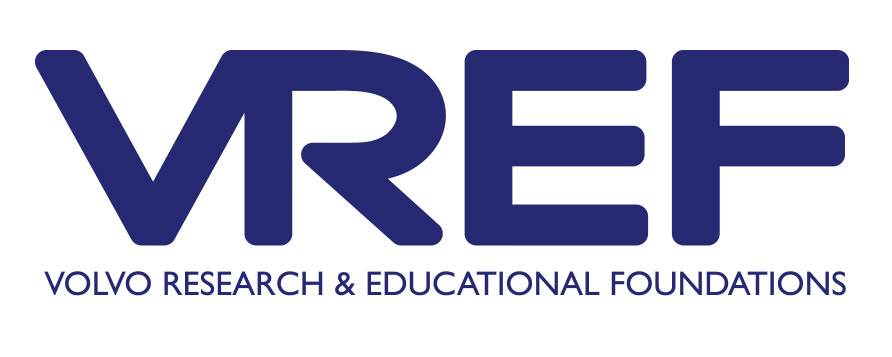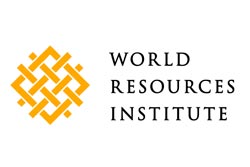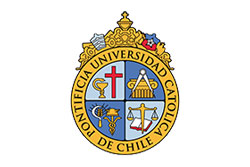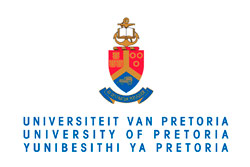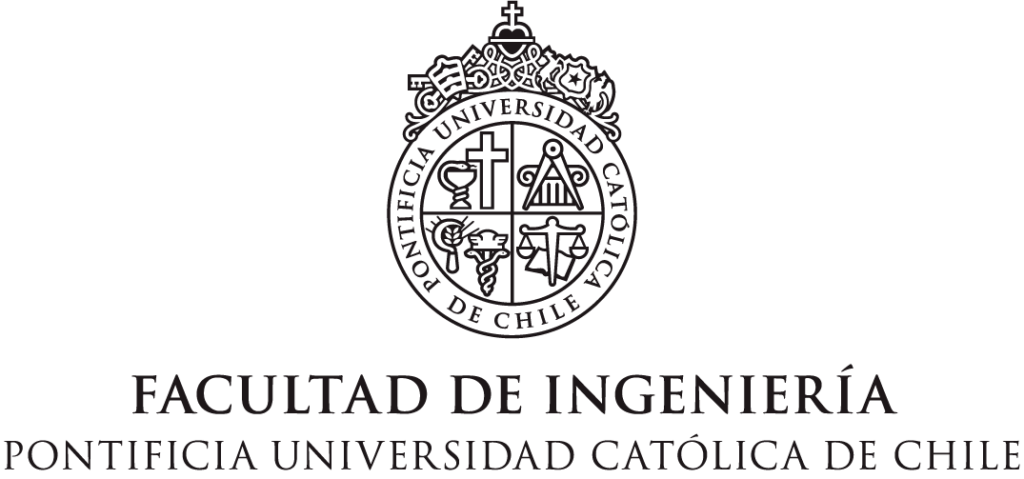A combined travel model incorporating spatial correlation is derived from the optimality conditions of a multi-objective optimization framework, in which the trip generation and distribution steps are expressed as hierarchical logit functions. Different forms of spatial correlation are shown to be easily accommodated in combined models using hierarchical logit structures. An extension incorporates spatial correlation into combined models enabling analyses of the impacts of urban development policies on transportation systems as well as the effects of transportation projects on trip generation. A principal finding is that integration of spatial correlation into travel models significantly improves their explanatory power and forecasting abilities; indeed, its exclusion may lead to biased parameter estimates.




